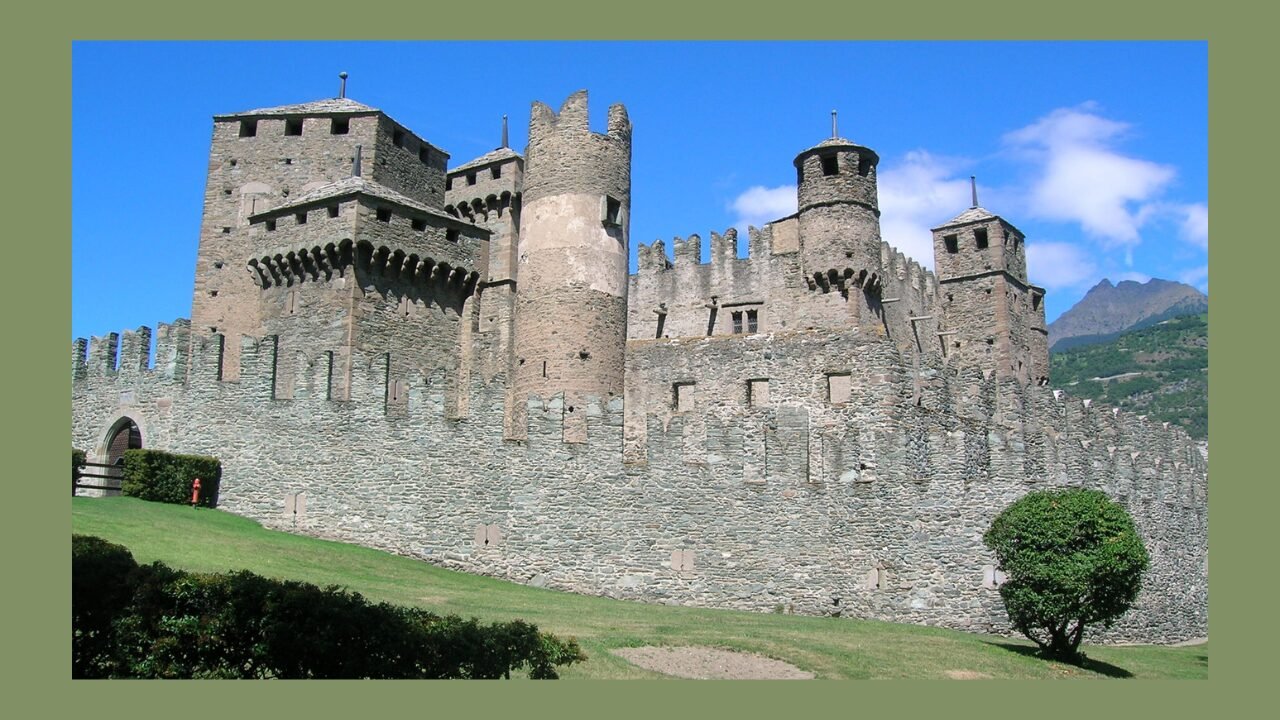Exploring Italy’s Historic Castles and Palaces

Italian castles and palaces constitute the complete and complex tale of that rich past. They are architectural marvels that have forged centuries of political power, cultural change, and artistic achievement. Medieval fortresses loom high above cliffs, and grand royal palaces lie at the heart of cities, revealing how nobles, rulers, and emperors have shaped Italy’s regions. These immersive environments, featuring original furniture, lavish frescoes, and grand gardens, continue to influence the world’s cultural landscape today.
This article provides a selection of Italian palaces and castles. These destinations offer a meaningful travel experience for history and architecture lovers, culture appreciators, and photographers willing to enrich their portfolios. Prepare to open a window into the past!
Castel del Monte – The Mysterious Fortress of Apulia
Emperor Frederick II built this perfectly symmetrical fortress in the 13th century. Its significant features are the unique octagonal shape and geometric precision. Defensive structures, typical of most castles in Italy, are absent here. Historians are still questioning Castel del Monte’s actual purpose.
The building is situated on a remote hilltop. It offers expansive panoramic views of the surrounding countryside. At sunrise or sunset, rays of light dance along the limestone walls, highlighting their texture. Photo editing tools like photo sky change will help you highlight the setting’s mood. Use them to dramatize a stormy sky or emphasize the soft pastels of twilight. The interiors are minimalist yet captivating. The symmetry and play of light through narrow windows create a powerful visual rhythm.
Palazzo Reale di Caserta – The Grandeur of Southern Royalty
This symbol of Bourbon ambition and architectural extravagance is one of the must-see places in Italy. In the 18th century, Charles VII of Naples commissioned this majestic palace to rival Versailles in France. It ranks among the largest royal residences in Europe. Over 1,200 rooms, grand staircases, royal apartments, and extensive formal gardens represent the aristocratic life at its finest.
Stepping into the palace, visitors are greeted by the breathtaking Grand Staircase of Honor. It leads to the upper floor with royal chambers. The intricate frescoes, lavish furnishings, and extensive corridors offer photographers numerous compositions. The Caserta Palace is one of the most fascinating locations in Italy for photographers seeking to experiment beyond traditional styles. Here, you can try techniques inspired by street art photography, using symmetry, reflections, and layered imagery.
Castello di Miramare – A Coastal Escape with Imperial Elegance
This castle was built in the 19th century by Archduke Ferdinand Maximilian of Austria. Located just outside Trieste, it differs from traditional defensive structures. It was built for peace, beauty, and retreat, with sweeping views of the Adriatic Sea. It is a perfect option if you’re wondering what to see in Italy, combining imperial history with coastal charm.
The castle’s white stone façade stands out elegantly against the backdrop of the Gulf of Trieste. The surrounding lush parkland highlights its breathtaking beauty. The interiors perfectly preserve the aristocratic charm of the 19th century. Visitors can travel through time. Ornate woodwork, nautical motifs, and richly decorated salons provide intimate settings for interior shots.
Castello Estense – A Symbol of Power and Prestige in Ferrara
The Este family built this imposing red-brick fortress in the 14th century to protect themselves during the civil unrest. The building is surrounded by a wide moat and connected to the city by drawbridges.
The castle is a real gem for photographers. The still moor creates symmetrical compositions, and the texture of the aged brick glows warmly in the late afternoon light. The interiors impress with elegant, frescoed ceilings and Renaissance-style rooms. The high towers offer majestic panoramas over the city’s rooftops.
It is one of the most well-preserved and easily accessible castles in the country. Visitors can explore the dungeons, noble apartments, and hidden staircases, all of which enrich the historical experience. The blend of military design with aristocratic refinement makes it ideal for capturing contrasts in architecture and atmosphere.
Palazzo Pitti – A Legacy of Renaissance Power in Florence
Palazzo Pitti is situated on the peaceful side of the Arno River in Florence. It represents the peak of Renaissance ambition and Medici influence. The galleries and museums within its walls make this palace one of the most culturally rich and visually rewarding places to explore in Italy.
Its massive façade is made of rusticated stone. Opulent rooms, frescoed ceilings, period furnishings, and vast art collections—including works by Raphael, Titian, and Rubens—offer an infinite number of objects to take close-up pictures of. The Boboli Gardens extend behind the palace. The sculptures, fountains, and formally placed hedges would place the garden among the finest examples of Italian landscape design.
READ MORE
Conclusion
Its castles and palaces shape Italy. They are a record of its multilayered history, changing tastes in art and craft, and regional diversity. These places offer the opportunity for a deeper understanding of the relationship between power, identity, and creativity throughout the centuries. They are great for history lovers, architectural photographers, or anyone interested in timeless beauty. These architectural gems are a reminder that Italy’s cultural treasures aren’t merely preserved but are imagined through every traveler’s eyes.
